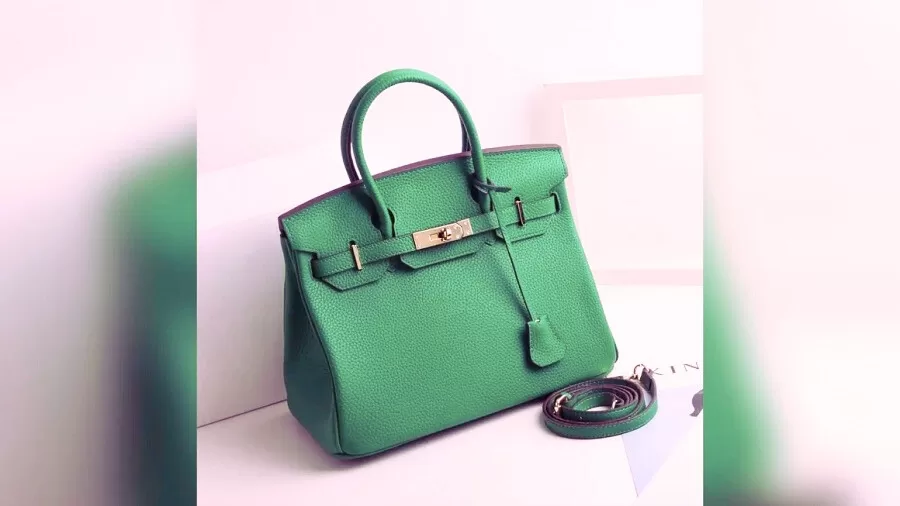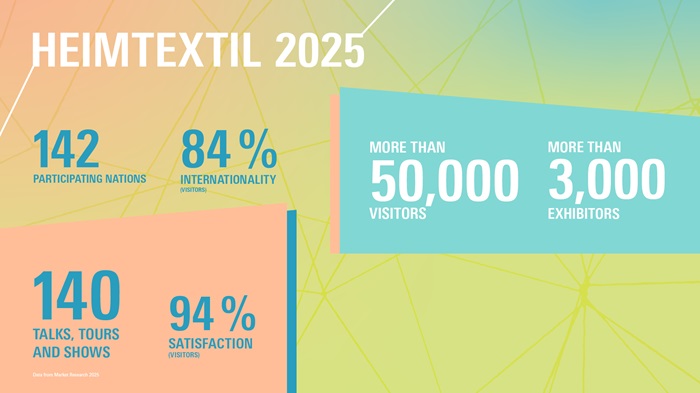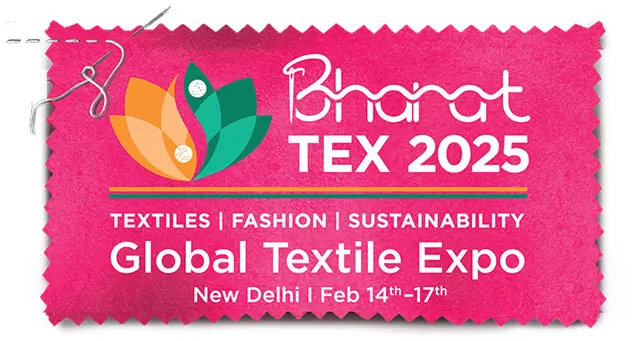
The apparel industry in Bangladesh needs to improve its image for guaranteeing the country's long-term prosperity. The collapse of Rana Plaza in Dhaka in April 2013 sent shockwaves through the textile and clothing industries. More than 1,100 lives were lost in the incident, and Bangladesh's reputation as a reliable low- cost location for clothing suffered a severe blow in the eyes of consumers and major brands.
Some western buyers have cancelled orders in the aftermath of the Rana Plaza collapse and placed them elsewhere. Moreover, a number of Bangladeshi factories have been blacklisted. There is a danger retailers and consumers will view cheap clothing from Bangladesh as coming at too high a cost in human terms, and that they will prefer other countries where costs are low but similar tragedies have not occurred -- such as Cambodia and Vietnam.
Sales in the US import market could be negatively affected following a decision by the US government to suspend Bangladesh's preferential duty treatment under the Generalised System of Preferences (GSP) scheme, and Bangladesh's preferential access to the EU could also be revoked if the government does not take necessary steps to significantly improve building safety standards and overall labor conditions in the country.
The government and major brands need to work together with suppliers to change the apparel industry into one in which there are safe factories, decent wages and respect for workers' rights. However, gains will only be sustainable if the added labor costs are absorbed by buyers as well as manufacturers.
Mexico wants China to do something about the subsidies China grants its textiles and garment manufacturing sector. In October 2012, Mexico had filed a complaint with the World Trade Organization, blaming the Chinese government for subsidizing its textile and garment manufacturing sector, resulting in unfair competition for the Mexican textile and clothing industry.
Meanwhile Mexico and China have agreed to increase trade and investment flows between the two countries and to support business missions to explore new areas of economic and commercial cooperation. Mexico feels that while it has dropped tariffs on a host of Chinese goods in recent years, the Chinese market remains for most purposes closed to Mexican goods. So Mexico wants to take a more aggressive stance with China. It hopes to gain greater access to Chinese markets, especially selling foodstuffs, manufactured goods, minerals and energy.
Mexico alleges Chinese manufacturers get export credits, have strong government support and enjoy the benefits of other unfair trade practices. The country wants a level playing field. China has a massive trade surplus with Mexico. Last year, it exported $57 billion worth of goods to Mexico, while Mexico only exported $6 billion to China.
Zimmer Austria has pioneered many global innovations and milestones in the textile printing industry for over more than a century. The company has established a strong presence across the globe as a highly reliable printing machinery manufacturer. The company has been working in the Indian market for many decades. Since 2012, it has had a tie-up with ATE for marketing and sale of digital printing machines in India. Zimmer sees a lot of potential in India for carpet printing machines. Thanks to the high duty structure for import of carpets, and also the increasing demand from hotels, offices and the home segment, the domestic demand for carpets is bound to grow exponentially.
Another area of opportunity is terry towels. India is one of the largest manufacturers and exporters of terry towels and Zimmer Austria has also developed a digital printing machine for terry towels. Zimmer Austria is actively working on reducing printing and ink costs, which are the most critical component of operational costs. It is currently testing inks made in India for the Indian market, similarly inks from China, Korea and Japan for their respective markets.
A world leader in printing technology, Zimmer Austria manufactures a complete range of machinery for textile and carpet finishing covering digital printing systems, flat screen and rotary screen printing, coating, steaming, washing, and drying at its plants in Austria.
www.zimmer-austria.com/en/company/about-us/index.html
The wool market in Australia continued with its auction this week and received excellent results. Amongst increasingly negative sentiment flowing from several Chinese suppliers, the market showed great resilience, albeit under a very small volume flowing through the system. As the sale progressed, all type and micron categories showed a confident resurgence and by the close of selling had added a few cents to their previous quotes. The skirting and carding markets continued to be at very attractive levels, with only the merino fleece sector looking for a spike upwards.
The small offering of spinners and best top makers at the Superfine (finer than 18.5micron) end of the selection continue to extract reasonable premiums out of the market, with some Italian, Indian and Chinese competition forcing a 50 to 60 cent price advantage over the micron indicator levels.
Crossbred and comeback types from 25 to 32 micron met with good demand and prices gained approximately 1 per cent for the series. After initial signs of a weakening in appetite for this sector, buyers rallied late in the week, with some new sales for prompt shipment keeping the interest and levels alive.
Coolcore LLC, a company based in Portsmouth, NH (USA) has been awarded the Hohenstein Quality Label ‘Innovative Technology - Cooling Power’ for its temperature regulating fibres. The Coolcore textiles exploit the body's own sweat, or added moisture, to achieve cooling. The sophisticated design means that the evaporation rate is regulated and, as a result, the cooling effect of ‘evaporative cooling’ is significantly higher than in conventional materials.
These effects were investigated and evaluated scientifically using the WATson Heat Loss Tester measurement device developed at the Hohenstein Institute. The heat dissipated from the skin under very different ambient conditions, from tropical heat to cool temperatures, as well as the heat loss caused by high wind speeds can be quantified using the device.
With the award, the scientists at the internationally recognized and independent Hohenstein Institute in Bönnigheim, Germany, have confirmed the cooling effect of the textiles, which are entirely chemical-free and do not use latent heat storage or phase change materials (PCMs) that exploit a change in phase (solid-liquid) to absorb and store heat.
The Hohenstein scientists are therefore able to look at the textiles' different fields of application and the associated climatic conditions in a very flexible way in their investigations. As a result, WATson is also ideally suited to guaranteeing compliance with quality standards in the course of ongoing production monitoring.
Alpaca fiber, both from Peru and Australia, is in high demand in the luxury apparel market across the world. This is mainly due to its natural range of colors and other environment-friendly qualities. The Peruvian Society of Registered Alpaca (SPAR) recently exported 7.1 ton of high quality alpaca fiber worth $1,25,000 to Italian fabric manufacturing company Fratelli Piacanza, known for manufacturing high-quality garments.
Australian alpaca fiber is extremely soft as compared to other fibers and therefore is suited for luxury next to skin wear garments. The vibrant range of natural colors of alpaca fibers provides it a clear product differentiation from other fibers as there is no need for use of harsh chemicals during the dyeing process. The fact that alpacas are often reared in welfare friendly conditions also carries a distinct advantage.
An alpaca is a smaller version of the animal llama. Alpacas graze at elevations of 10,000 to 14,000 ft on the Peruvian Andes. Their thick, sumptuous coats grow naturally in over 40 shades-from ivory to black, with all the greys and browns in between. Lighter shades of the fleece also take dyes beautifully. Alpacas are tended to by Andean herdsmen, who shear them every other year at the onset of the rainy season. The yield is about eight pounds of fleece per animal. Most of the fleece sheared from the first clip is classified as baby alpaca.
Australia’s leading wool company Woolmark has embarked on a plan to help Vietnam’s garment sector produce woolen products and increase the sector’s competitiveness and profits. Speaking at a press conference in Ha Noi, Jimmy Jackson, GM at Australian Wool Innovation, announced the plans of Australian support to Vietnamese apparel sector in developing wool garment production and its sales in global markets. Jackson said Vietnam has a well-established textile and garment manufacturing industry, skilled human resources, and infrastructure. He added that Vietnam is also the second-largest clothing exporter to the US and the third to Japan. However, the competitiveness of Vietnam’s garments is being affected due to the absence of wool spinning plant.
Jackson said Australia’s Merino fleece wool would be suitable for Vietnam’s garment sector and help it to raise its competitiveness. He informed that Woolmark was investing Au$ 240,000 (US$ 227,000) in a Vietnamese project, which began in 2012, and experts have already transferred weaving and fleece wool production technology to Vietnam under the project.
Bangladesh is about to finalize a deal to import cotton from Uzbekistan. This will ensure the supply of 200,000 tons of cotton annually for the Bangladesh textile industry. Uzbekistan is the sixth largest cotton producer in the world with 4.6 million bales produced in 2011. The two countries already exchanged the draft of the memorandum of understanding (MoU) which is now under scrutiny.
The draft MoU states that both parties will cooperate with each other for direct delivery of raw cotton from Uzbekistan to Bangladesh on a regular basis. The Uzbek state-run foreign trade companies namely Uzprommashimpex, Uzinterimpex and Uzmarkazimpeks will supply the cotton to any importer registered in Bangladesh.
About 35 per cent of the total cotton imports to Bangladesh is from Uzbekistan. Bangladesh and Uzbekistan had agreed for cooperation on various bilateral trade issues including cotton supply in a meeting of the Joint Working Commission for Trade and Economic Cooperation held in Tashkent in May 2012.
Bangladesh is also holding talks with India for getting 1.5 million bales of cotton a year. The country's yearly requirement of cotton is nearly 4.0 million bales, of which 0.12 million bales are produced locally. Rest of the demand -- nearly 98 per cent -- is being met by importing it from various countries.
Bangladesh’s historic state-owned Muslin Cotton Mills has reopened in Gazipur district after the ownership was transferred to Masers Reefat Garments Company. Production was stopped at the largest muslin cotton mill in Asia in 1990 for its failure to pay wages and salaries to its 2,885 workers amid serious mismanagement.
Set up on 100 acres of land on the bank of river Shitalakhya in Kaliganj in 1952, the mill once had three sections — spinning, looming and dyeing. Before its closure, the company used to make fabrics and yarn out of cotton. Speaking at a function to reopen the closed textile mill, Abdul Latif Siddiqui, Minister of Jute and Textiles, said after 24 years of closure the government took an initiative to reopen the historic cotton mill. The Muslin Cotton Mills would generate employment opportunities for 25,000 people in the Gazipur district.
A new regulatory policy for purchasing and storage of cotton in the domestic cotton market of China was discussed at the recently held 2013 China International Cotton Conference at Qingdao city of Shangdong province of China. Speaking at the conference, the deputy director of Chinese National Development and Reform Committee, Liu Xiaonan, to eliminate the current problems of the domestic cotton market of China, a national storage and purchasing policy will be formulated for the new cotton season beginning September 1, 2013.
Xiaonan pointed out that the current cotton-control policies focus on maintaining stability and continuity of the Chinese cotton market, and meet the needs of the domestic cotton textile enterprises. The current policy includes delivery and import policies for the national cotton reserve, which would last till the end of July, according to sources.
For the coming cotton season, new standards for purchasing and storage of cotton, along with valuation methods, will be implemented, which will be announced soon, Xiaonan said. He added that the proposed cotton purchasing and storage policy is an attempt to improvise on the previous ones, and the regulatory body is open to suggestions.











